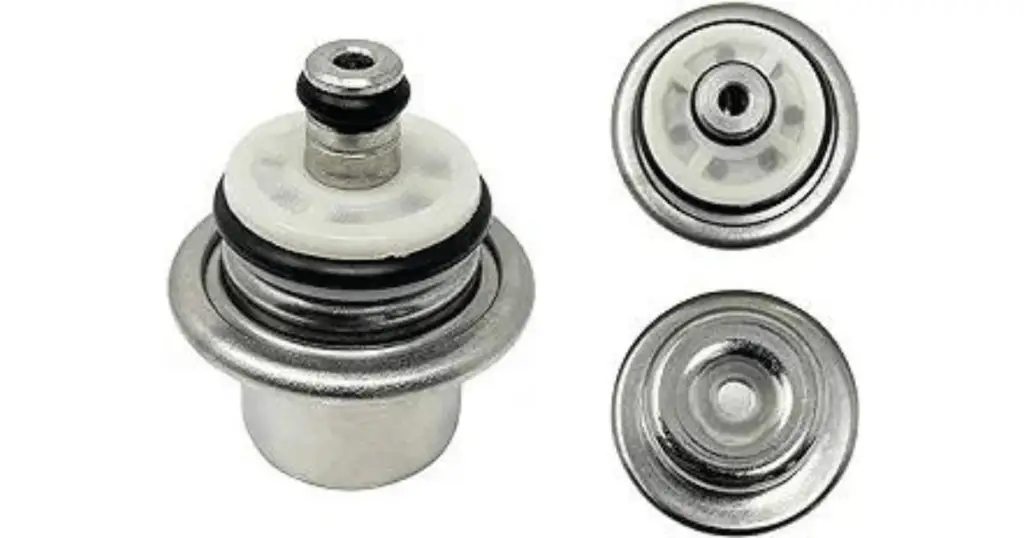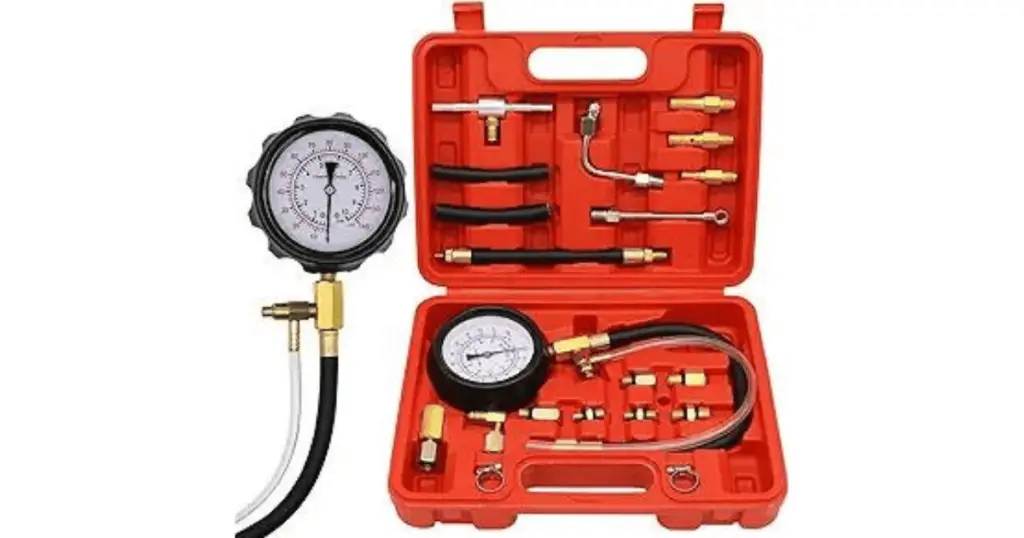For any Harley-Davidson enthusiast, understanding the functioning of the bike’s vital components and their potential issues is crucial for maintaining optimum performance. One such vital component is the fuel pressure regulator. This piece will delve into the Harley fuel pressure regulator’s symptoms when it starts malfunctioning, its causes, and ways to diagnose and fix the problem. So where do we start, and what do you need to know?
Looking for a quick fix? Try this: The Best Fuel Stabilizer for Harley Motorcycles Revealed

What Are The Most Common Harley Fuel Pressure Regulator Symptoms?
Several symptoms indicate a malfunctioning fuel pressure regulator on a Harley-Davidson motorcycle. Here are the most common ones:
Poor Engine Performance
The engine performance might suffer if the fuel pressure regulator is faulty. The bike could experience hard-starting, rough running, stalling, and a lack of power. Such symptoms are usually caused by the engine receiving either too little or too much fuel.
Difficulty Starting
Another common symptom of a bad fuel pressure regulator is difficulty in starting the bike. The engine may take several attempts to start, owing to the insufficient fuel pressure.
Irregular Idling
If your Harley-Davidson motorcycle starts experiencing irregular idling, this could be a sign of a faulty fuel pressure regulator. The engine might fluctuate between high and low revs when idling, indicating a possible fuel pressure issue.
Decreased Fuel Economy
A malfunctioning fuel pressure regulator can also result in decreased fuel economy. If your bike has started consuming more fuel than usual, it’s time to check the fuel pressure regulator.
Smoke From The Exhaust
Lastly, black smoke from the exhaust is a clear indicator of a faulty fuel pressure regulator. This usually happens when the regulator causes the engine to run rich, leading to excess fuel burning and black smoke emission.
Read next: Harley Automatic Compression Release Problems (FIXED!)
What Happens When The Fuel Pressure Regulator Goes Bad?
The fuel pressure regulator plays a pivotal role in maintaining the appropriate fuel pressure in the engine. When it malfunctions, it could lead to two scenarios – the engine receiving too little fuel or too much fuel.
Engine Receives Too Little Fuel
When the engine receives too little fuel, it results in a lean running condition. This can cause the bike to feel sluggish, have difficulty accelerating, and experience poor fuel economy. Moreover, the engine could overheat, and the exhaust could emit a “popping” sound.
Engine Receives Too Much Fuel
On the other hand, if the engine receives too much fuel, it results in a rich running condition. This can cause black smoke from the exhaust, fouled spark plugs, decreased fuel economy, and a strong smell of gasoline.
What Causes Fuel Pressure Regulator Failure?
Several factors can cause the fuel pressure regulator to fail. These include:
- Aging fuel lines that develop pinholes
- A clogged fuel filter
- A defective fuel pump regulator
- The fuel pump itself failing
These issues can cause a low or fluctuating fuel pressure output, affecting the overall functioning of the bike.
Looking for a quick fix? Try this: The Best Fuel Stabilizer for Harley Motorcycles Revealed
How Can You Tell When It’s Bad?
Diagnosing a bad fuel pressure regulator involves observing the bike’s performance and conducting specific tests. You can run a fuel pressure test using a Harley fuel pressure tester gauge to identify the fuel pressure. If the pressure drops to zero immediately after the fuel pump runs or if it remains below the standard 55-60 PSI, it indicates a faulty fuel pressure regulator.
How To Test A Bad Fuel Pressure Regulator (Fuel Pressure Test Procedure)

To perform a fuel pressure test, you’ll need a Harley fuel pressure tester gauge. Firstly, you need to remove the fuel pump fuse and run the motorcycle until it stalls. This will eliminate the fuel pressure in the system, allowing you to safely unplug the fuel delivery line from the fuel tank.
Once the line is disconnected, you can connect the fuel gauge and reinstall the fuel pump fuse. Start the bike and record the reading on the fuel gauge. You can then use the Harley-Davidson service manual to complete the diagnosis based on your reading.
When To Replace The Pressure Regulator
You should consider replacing the fuel pressure regulator when the fuel pressure consistently falls below the standard range, even after conducting multiple tests. Other signs include the presence of fuel in the regulator’s vacuum line and the vehicle cranking but not starting.
Looking for a quick fix? Try this: The Best Fuel Stabilizer for Harley Motorcycles Revealed
Can You Do It Yourself?
Yes, replacing the fuel pressure regulator is something you can do yourself if you have the necessary tools and know-how. However, if you’re unsure, it’s better to take your bike to a professional to avoid causing further damage. But, if you’re a confident DIYer check out the video below:
How Much Does It Cost?
If you opt for professional service, you can expect to pay between $250 and $400 for a fuel pressure regulator replacement. The cost varies depending on the specific model of your bike.
Where’s It Located?
On older Harley-Davidson models with multiport fuel injection and a continuous fuel system, the regulator is usually mounted in the fuel rail. Newer models with a returnless fuel system do not have an external pressure regulator. Instead, they use a control module to manage the fuel pump speed, maintaining the desired fuel pressure.
To sum up, understanding the Harley fuel pressure regulator symptoms is key to identifying when it’s time to inspect and replace this vital component. Always remember to consult your service manual for a comprehensive diagnosis and, if in doubt, seek professional help. But if you’re a DIYer like myself, you might need these technical resources:
– Unlock the Power of Harley Diagnostic Codes (PDF Included)
– Torque Specs for Harley Davidson: Ultimate Guide (PDF)
– Complete Harley Davidson Tire Size Chart (PDF)
– Harley Davidson Wiring Color Codes Completely Explained